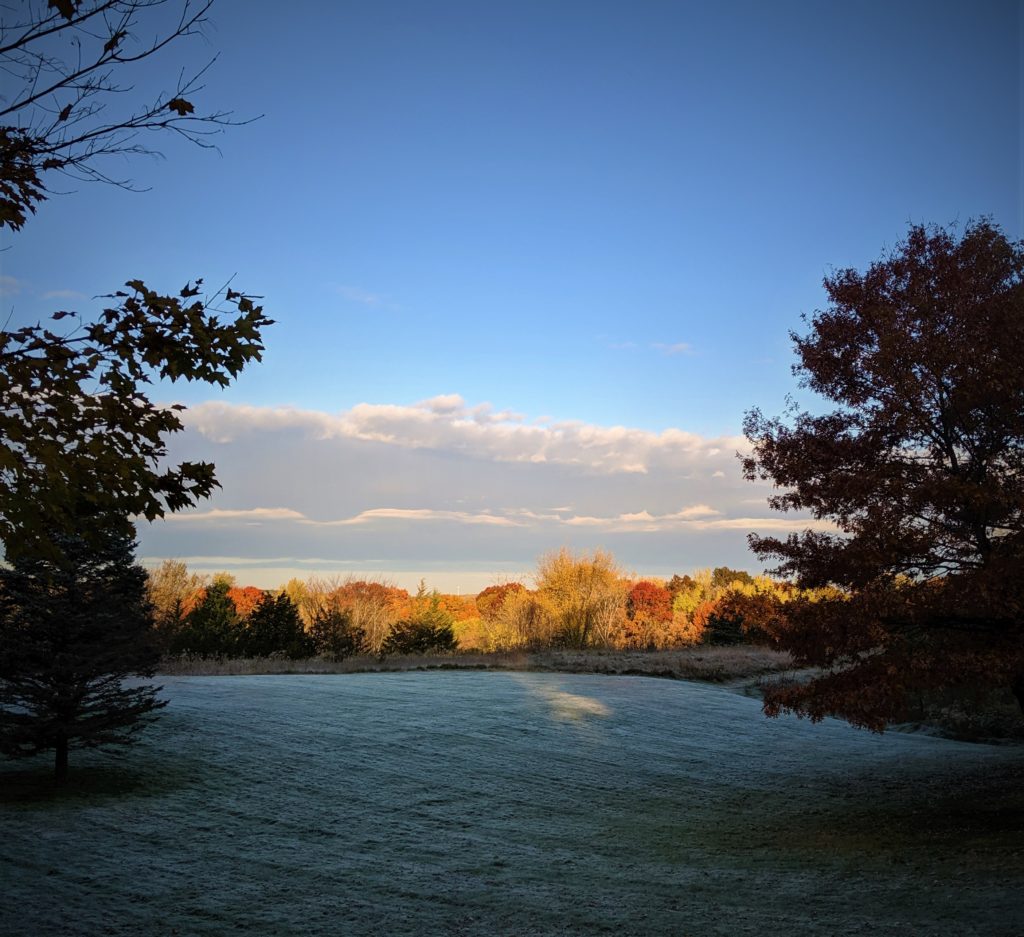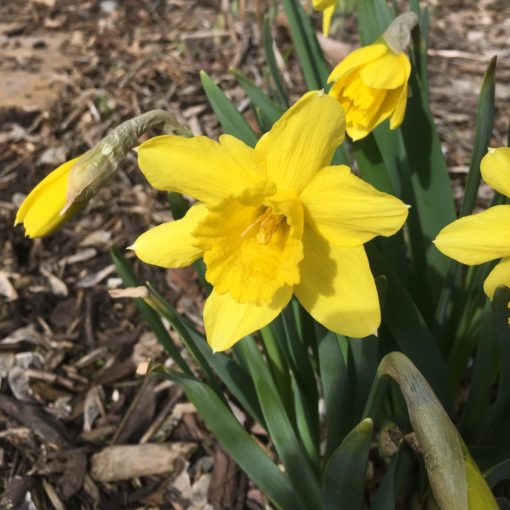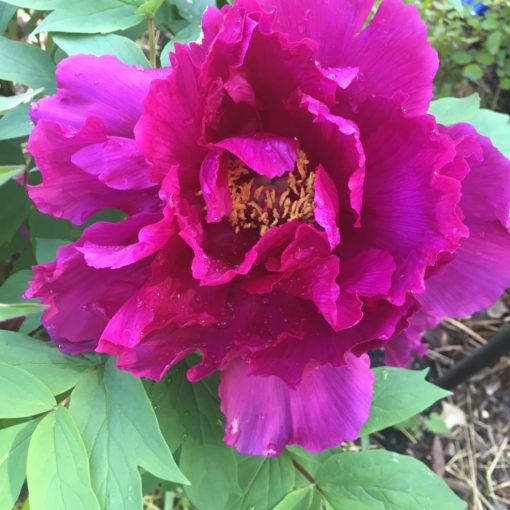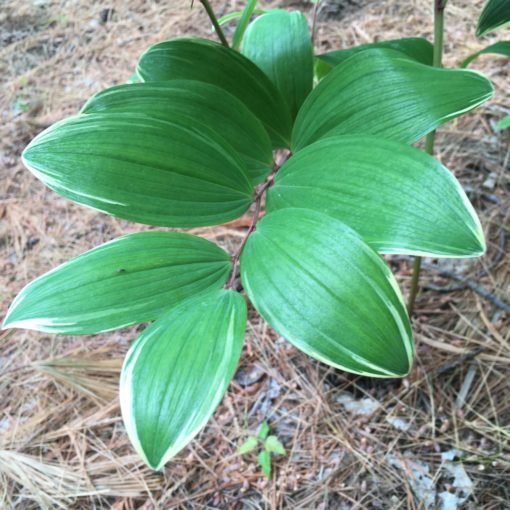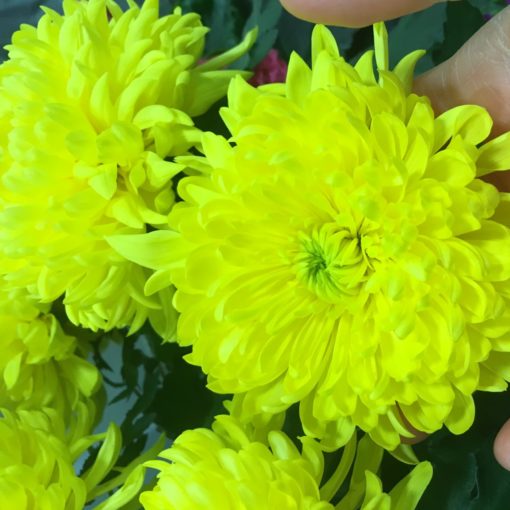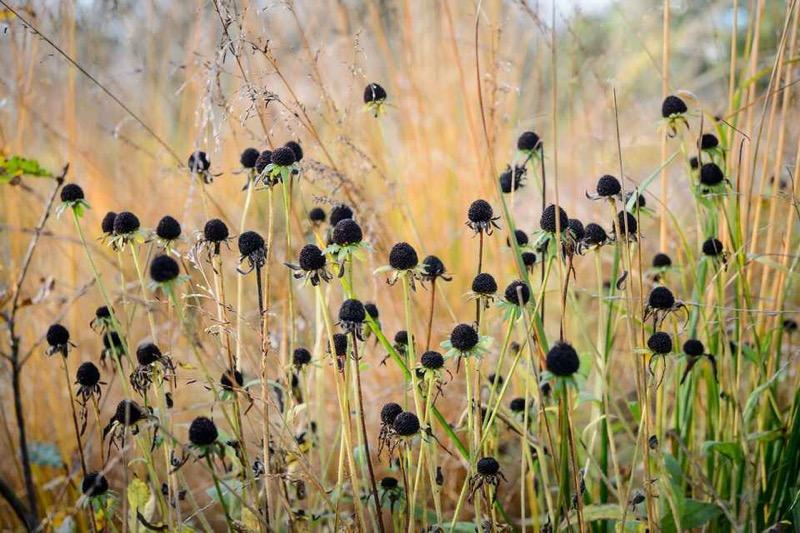
Ah, October! A month of spooks, school, sports, and sweaters. And a month where it can seem like the calendar is speeding up and there is a mad rush to the end of the growing season. But, fear not! There is PLENTY of time to get in your Fall Cleanup before the snow flies!
What is “Fall Cleanup”?
It is both the name assigned to the final visit of the year and the specific tasks that are part of winterizing a garden. Fall Cleanup tasks can be done on an as-needed basis throughout the fall season through the end of November, depending on factors such as tree coverage or the occurrence of a hard frost.
Tasks include :
Removing branches, leaves, and other debris from garden beds. Regular cleanup in the gardens, just like on your lawn, prevents plants from being smothered or even crushed by heavy leaf fall, as well as limiting the possibility of diseases and pests making a home in wet leaf piles.
Cutting down perennials with woody stems, which can either be removed completely or left for overwintering pollinators to nest in.
Cutting down perennials that are very seedy and would create problems for your garden beds in the spring.
We also intentionally leave the perennials that have ornamental seed heads for “winter interest” and also food for foraging wildlife.
But it really is mostly the first, removing leaves. And yes, if you have a lawn service, they may do that as well, but we are really focusing on cleaning up the garden beds and cleaning out the bases of shrubs and larger perennials that can get stuffed absolutely full of leaves from an over-enthusiastic leaf blower.
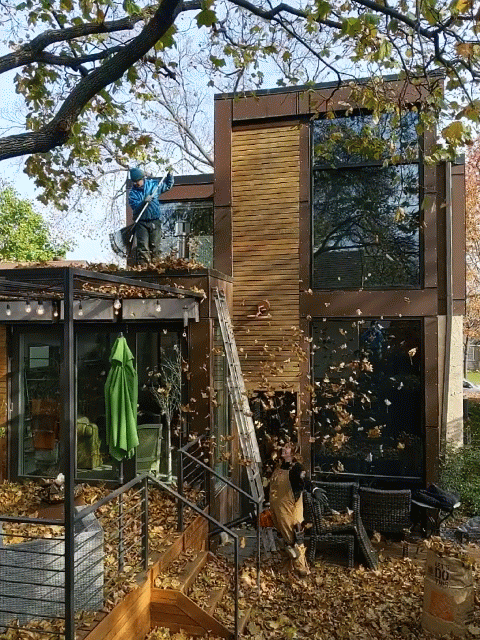
What isn’t Fall Cleanup?
Fall Cleanup cannot be a one-size-fits-all approach, because none of the gardens we work in are cookie-cutter. No, not even that HOA we work with, or the townhome communities, or the handful of commercial spaces. Every garden is unique and has its own factors to consider when going about a Fall Cleanup. How much tree coverage is there? Are they oak trees, that hang on to some of their leaves throughout the winter? Does the lawn company do a cleanup? Does the homeowner travel during the winter, making winter interest unnecessary? Every Fall Cleanup, just like every service we provide, is tailored to the needs of your individual garden.
Why can’t I get my Fall Cleanup now?
For those clients who have monthly maintenance, it’s important to not skip the final maintenance of the “regular” season, as you start getting Fall Cleanup tasks taken care of at the September and early October maintenance visits, as well as at the final Fall Clean up visit in November. This makes it possible to spread the work and therefore the costs over several visits rather than getting a huge bill at the end of the season. Also, you may have noticed your trees are starting to drop leaves already. While it would be convenient for them to all fall at once, it is better to clean up the early leaves to keep your beautiful gardens looking their best right up until the snow flies.
For those clients who receive a stand-alone Fall Cleanup visit, we appreciate your flexibility in working with our scheduling rotation. The onset of fall is a busy time during a “normal” year and this year is proving to be anything but normal. The reality of Fall Cleanup is that every task we do is for the on-going health of your garden, so we need to get every task checked off at the final visit. If you got your Fall Cleanup visit in September, that means that all the leaves and debris of the next eight weeks will build up and smother the plants before the snow even flies. You will also lose out of the late-season beauty of your garden if we come and cut everything down early. Birds and small animals love to forage on seed heads and late blooms, which provide necessary food as the season winds down. Additionally, the natural die-back caused by the colder temperatures and shorter days is the most natural seasonal rhythm for plants, causing them to stop producing chlorophyll and to go dormant for winter.
We look forward to seeing you, and also want to be sure that we are able to get to all of our clients, so your patience is appreciated as we schedule our dedicated crew of gardening professionals.
